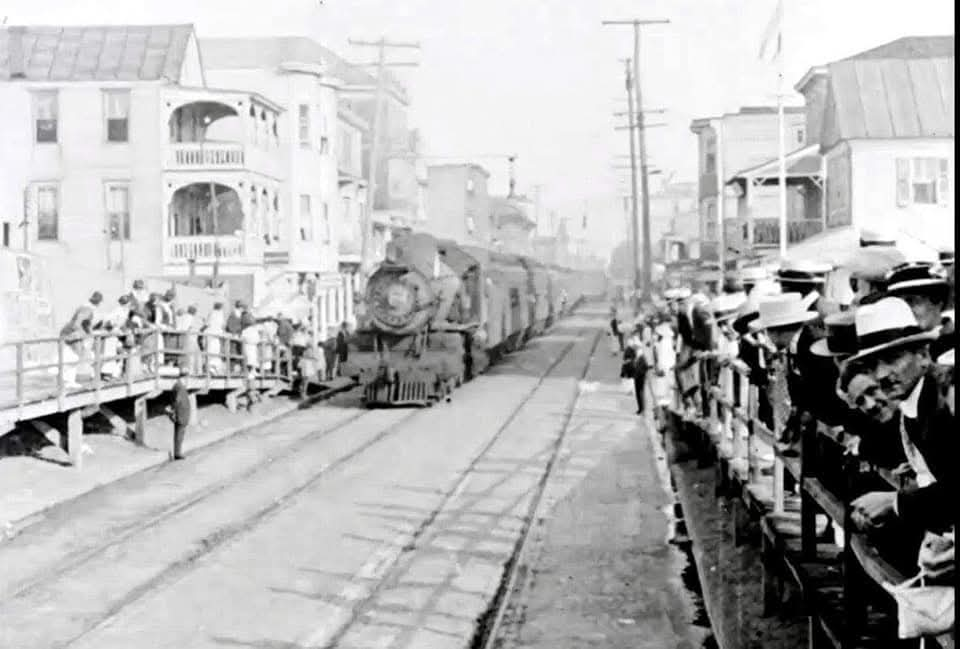On Aug. 11, 1880, tragedy struck Mays Landing when two trains collided on the West Jersey Rail Line, killing 30 people and injuring many more. The story of that fateful day might have been lost to time if not for local resident and historian Mari Dattolo.
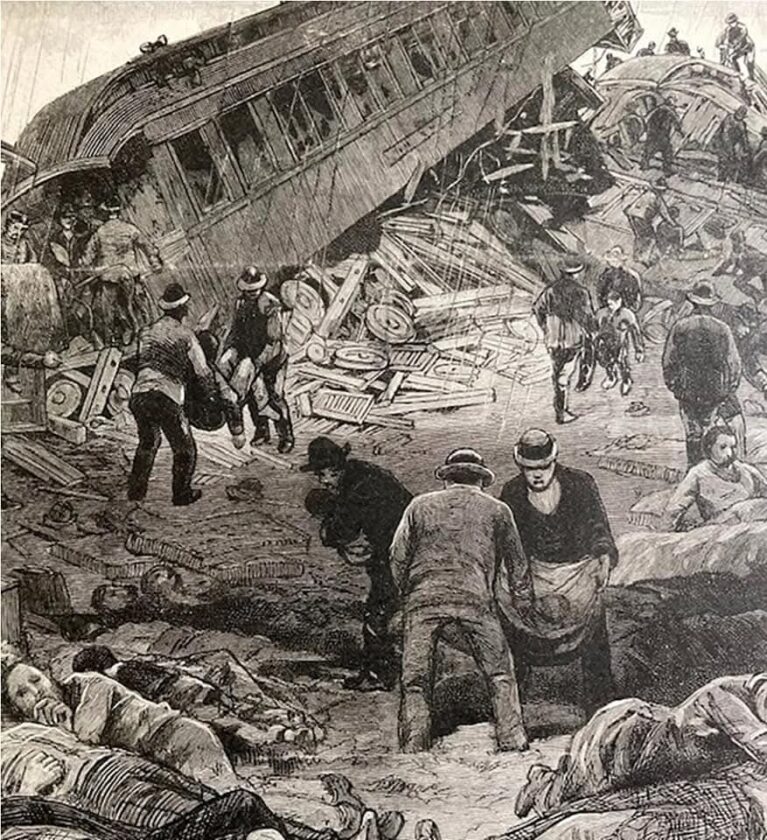
With the help of the Mays Landing Historical Society, Dattolo researched and published “Between the Shore and the City,” a book chronicling the disaster. The project was a labor of love and respect, dedicated to ensuring that the victims’ stories were told. Many of those who perished had family ties that still connect to the community today.
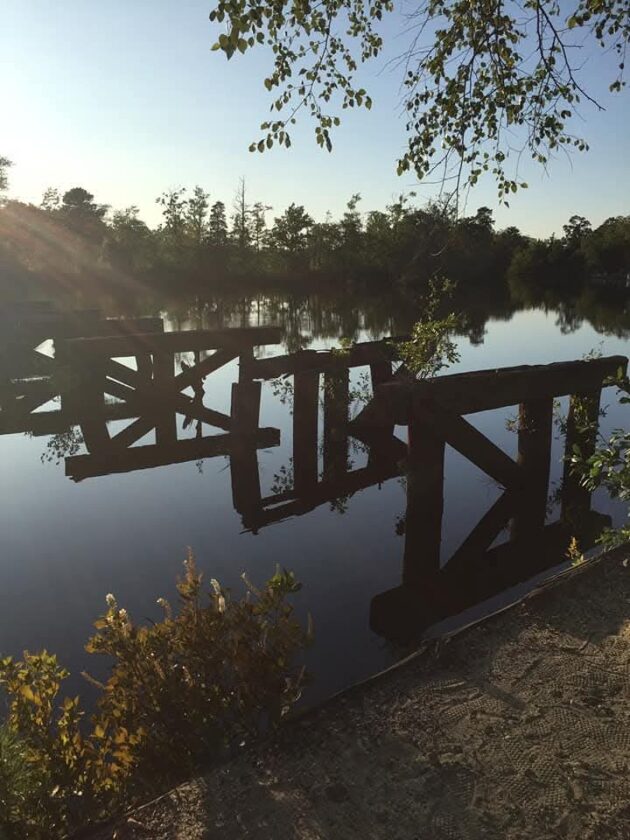
This year, on Aug. 11, 2025, the town commemorated the 145th anniversary of the wreck with the unveiling of a historic marker. Dattolo cut the ribbon, surrounded by residents, local officials and members of the historical society.
The crash occurred just six weeks after the Pennsylvania Railroad opened a line connecting Philadelphia to Atlantic City. On the day of the wreck, one train was heading to Atlantic City and another toward Pennsylvania. They collided on the Trestle Bridge over the Great Egg Harbor River after one train failed to brake in time, striking the last car of the other and shearing off its roof. Many victims were under the age of 22; one was an infant only a few months old.
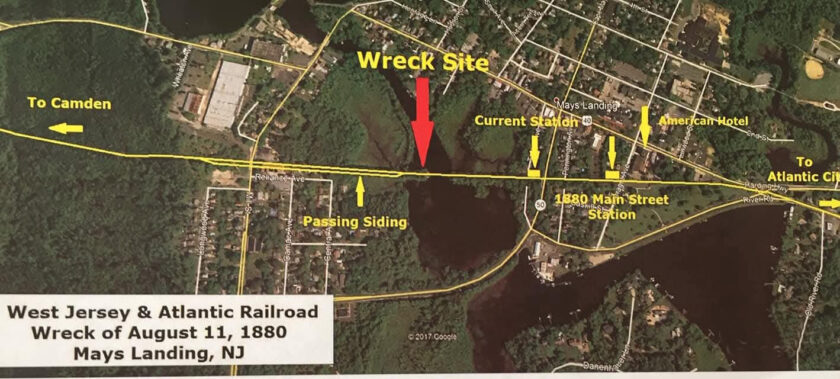
A crowd gathered for this year’s three-part commemoration, which began with a presentation at the Mays Landing Library, followed by the ribbon-cutting and a walk or shuttle ride to the Trestle Bridge site. Bagpiper Michael Bell of Castle Dangerous Bagpipers played along the route, and the ceremony concluded with the placement of 30 white roses into the river — one for each life lost.
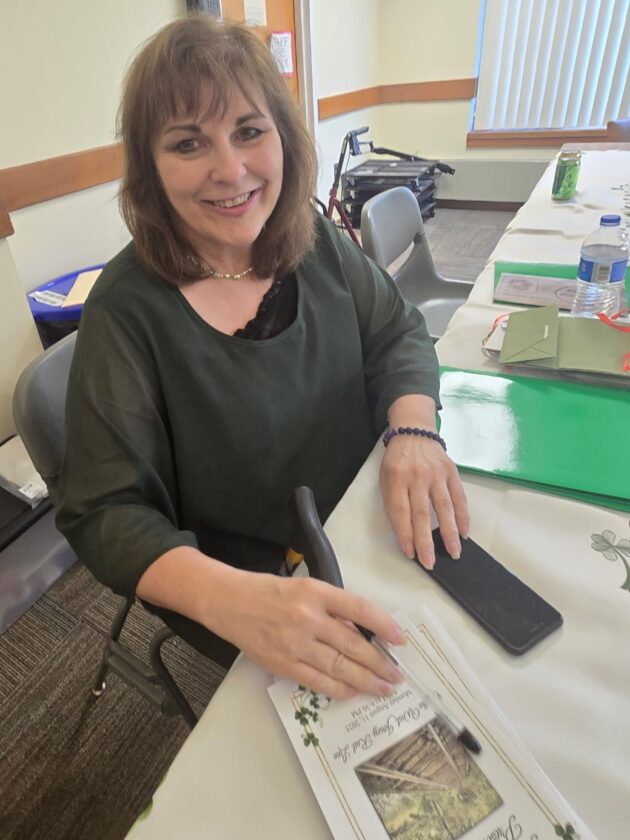
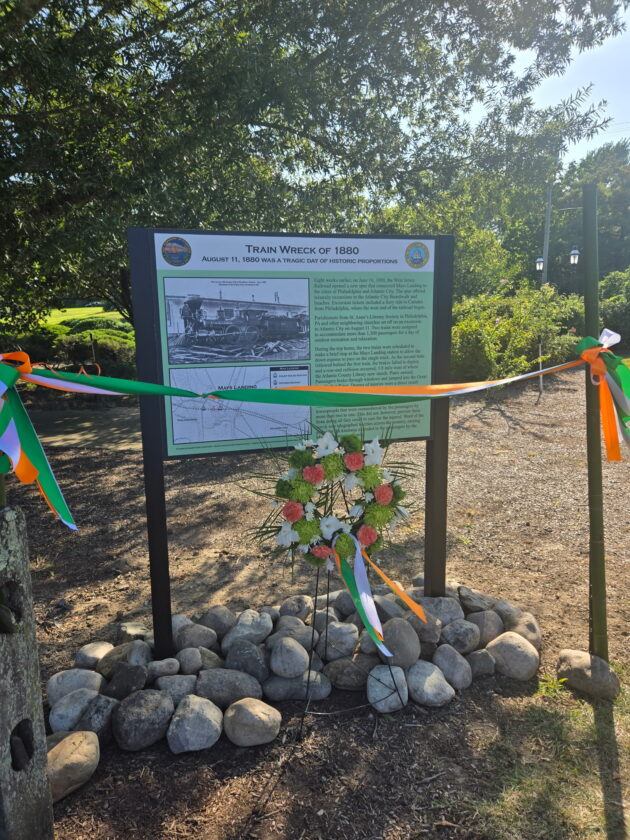
Sponsors included Atlantic County Government, Atlantic County Library Foundation, Boakes Funeral Home, Carousel Collectibles, County Seat Florist, Mays Landing Merchants Association, Maureen Bugdon and Soleil Sotheby’s International Realty.
The remains of the Trestle Bridge, built in 1879, still stand in silence over the river — a reminder of a tragedy that waited nearly a century and a half to be formally recognized.





